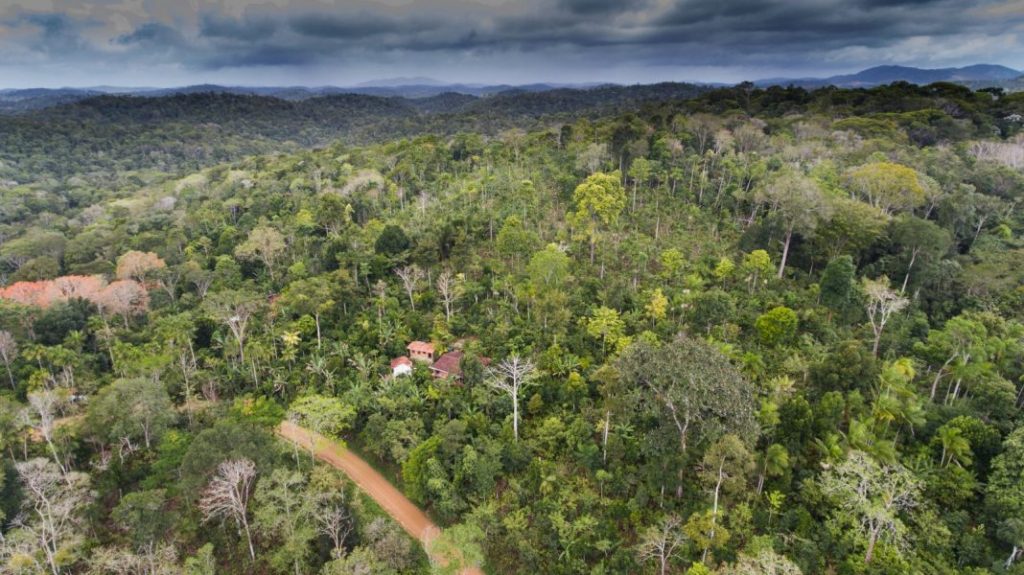Ernst Götsch was born in 1948 in Raperswilen, Switzerland, and migrated to Brazil in the early 1980s, establishing himself in a farm in southern Bahia. Years before, Götsch had decided to quit a research job on genetic enhancement at the state-owned FAP Zürich-Reckenholz (today’s Agroscope), after a disturbing questioning:
“Wouldn’t we achieve greater results if we sought ways of cultivation that favor the development of plants, rather than creating genotypes that support the bad conditions we impose them?” Ernst Götsch
Aware that the answers he looked for would not come from the laboratory, he resigned, and in 1974, leased areas in Switzerland and Germany to begin his experiments in the field. Influenced by the theories of Ecological Agriculture launched by Hans Peter Rush and Hans Müller, he systematically combined the cultivation of vegetables, roots, and grains, in search for beneficial cooperations that resulted in greater productivity. He took an important step by integrating fruit cultivation into his designs, and observed the benefits the trees brought to the system, thanks to their biomass from the woods and the positive interactions with other species. He proposed to increase the diversity of the consortia, including not only short cycle species but all stages of a forest occupation – from pioneer (placenta) to climax. He then understood deeply that the dynamics of natural succession should be incorporated into agriculture, favoring, as in a forest, the establishment of ecosystems with increasing levels of organization. In that period, one of his conclusions was that the health of the plant did not depend exclusively on the treatment given to it as an individual. Neither was the rotation of crops or consortia. It was necessary to consider the ecosystem as a whole, including intraspecific and interspecific relationships.

The results of his experiments have given him job offers in other countries. In Namibia and Costa Rica he applied his ideas in different climatic and social contexts, which brought him closer to the tropics. The migration to Brazil was the consequence of a partnership with a fellow countryman – a landowner in Bahia who wanted to enter the cocoa market and invited Ernst to manage the venture. The previous owner had extracted the timber to supply his own sawmill, and when there was no tree left to cut, he converted the land into pasture. In 1982 Ernst moves with his family to the 480 hectares intended to the project. In addition to the job opportunity, it would also be a chance to test whether the methods he had developed in Europe and especially in Costa Rica would serve the dual purpose of reversing soil degradation and establishing a productive cacao plantation. In the following years, he reforested the property, introducing cocoa as a key crop, and published the results in “Breakthrough in Agriculture” (1995). At that time, his work was known as Successional Agroforestry.
In the early 1990s, Ernst Götsch bought his partner’s share and became the owner of the area, now renamed to “Fazenda Olhos D’Água”. In the subsequent period, he was hired by public, private and third sector initiatives and also attended invitations to teach courses and lectures.